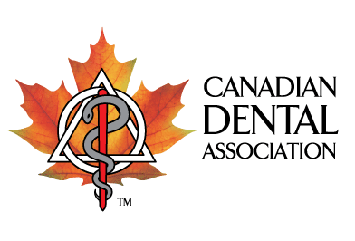Overview
For more detailed information on Associateships – Small Practice, see the related key questions (+ answers) and resources.
Many early career dentists look for an associateship as a first step in their new careers. This may be for a variety of reasons including the fact that there are fewer practices for sale that are affordable, they have large debts after dental school that need to be paid back and a “guaranteed” income is more attractive than incurring even more debt by purchasing and/or starting a new practice.
Advantages of a Small Practice Associateship
- Zero cost
- Immediate patient flow
- Income
- Time to focus on building clinical skills
- No management duties – but can learn these by observing
- Benefit from trained and experienced staff
- Potential future opportunities – e.g., partner, buy-out
- Easy way to evaluate the community where you practise
- Better compensation, based on the high overheads of dental practices
Disadvantages of a Small Practice Associateship
- Location may not always be to your liking
- Hours may be limited or not of your choosing
- Clinical limitations imposed by the principal dentist
- No goodwill of your own
- Lack of control
- Associate-principal relationship may not always work out
- Restrictive covenant (explained further in this section)
It is important that before an associate and principal enter into an agreement, both sides consider whether they will be able to work with the other party. Do the personalities, practice philosophies and goals mesh?
In a true associateship, the principal dentist hires an associate to treat the patients within the practice. Although the associate is hired and functions as an “employee” of the practice, for tax purposes the associate is deemed to be an independent contractor and is paid as such. Unfortunately, there are many instances where the principal and associate dentist do not enter into a binding agreement and this can lead to unpleasant situations if the associate leaves voluntarily or is asked to leave.
With a well-drafted Associate Agreement that protects both the principal dentist as well as the associate dentist, many potential problems can be avoided at the outset. As well, any concerns that either party may have can be negotiated and clarified ahead of time.
Ultimately, the Associate Agreement is legal in nature; however, it should be based on two or more people working together in a courteous and professional relationship.

